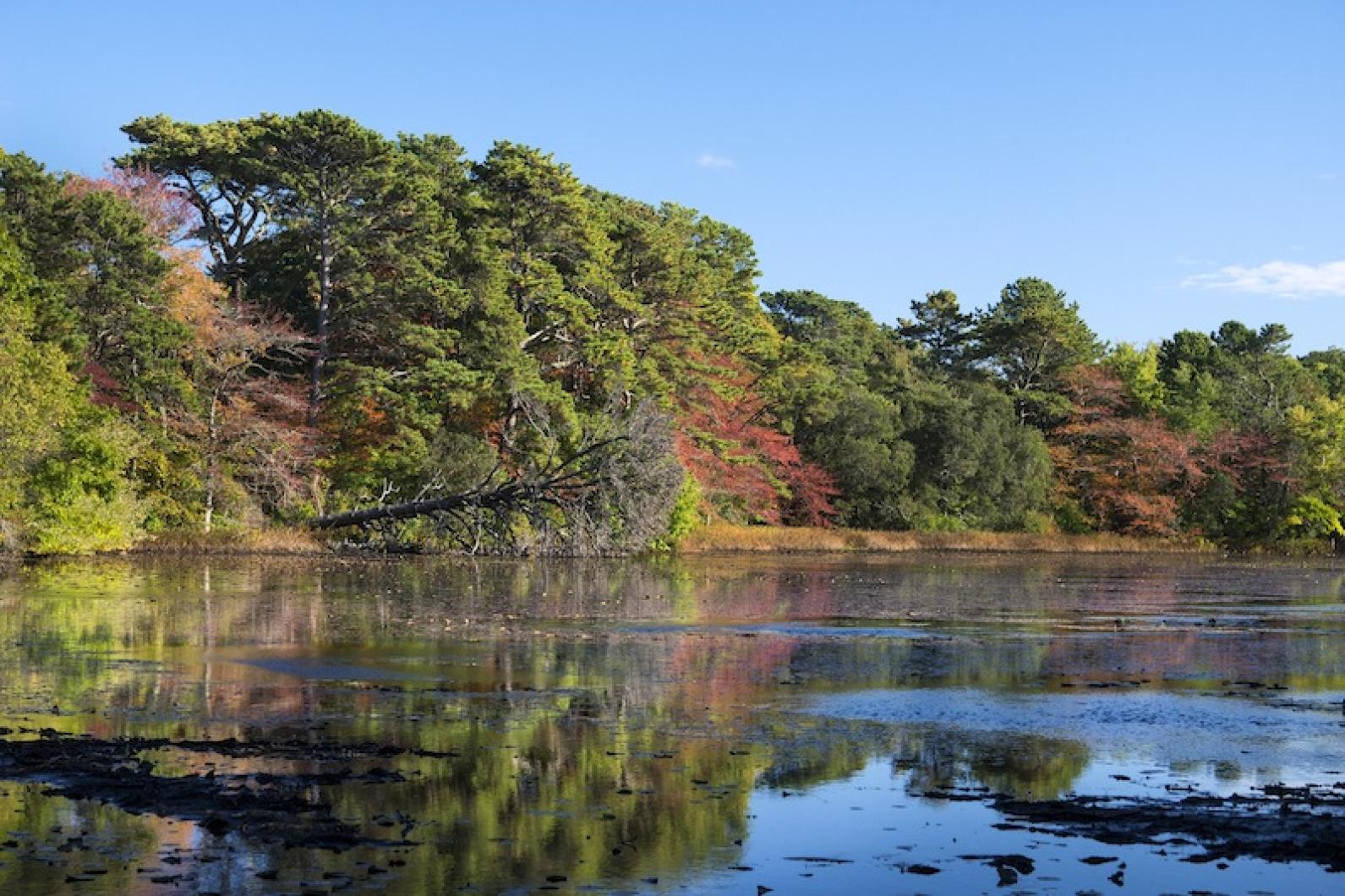The following is excerpted from an essay written in 1973 by the author and taken from his soon-to-be-released collection of nature essays published by Lyons Press. The book is called On Nature and it features Mr. Hoagland’s signature essays spanning his career to date. Still hard at work at his typewriter in downtown Edgartown, Mr. Hoagland is the author of over 20 books and is regarded by many as the premiere nature writer. As Gretel Ehrlich says in her introduction to the book, “To read an essay by Ted Hoagland is to travel on an uncertain path, pitching and tilting as if on a wild sea, then slamming down hard on bedrock.”
•
Still, the call goes out for somebody to fly to Baffin Island or Baja California for the book clubs or to do a drive-around book here in the States, squeezing into any corner of the continent that may yet appear pristine. Sometimes the proposal is made to me, with a payment being offered many times what I am used to. I’m inclined to accept, believing that driving around is part of a writer’s vocation. I know by now that I’m unlikely to find a wilderness, but in looking at the sandhill cranes of Jackson County, Mississippi, the yellow rails of Brazoria County, Texas, I may learn something.
I set off to these wildlife refuges and salt swamps, touring in fat wheeled marsh buggies and pirogues with motors on them, looking for alligators, chatting with the refuge manager. We stop at a golf club and talk with an old wolf trapper, now the greenskeeper, and pull up by the fence of a Texas prison farm to watch the prisoners being disciplined (it seems to be a local joke). By myself, I do a little walking. The acreage I’ve come to see may be large or extra-large, but it is not a wilderness, and invariably it is empty; almost no visitors. Where are these book-club readers I’m supposed to be writing my account for? On the highways, certainly, but not out in the bush. The roads are full and the woods empty, or where they aren’t, on a few established paths like Vermont’s Long Trail, a repair job on the footing costs up to two or three thousand dollars per mile.
How long will these readers continue to miss walking in the woods enough to employ oddballs like me and Edward Abbey and Peter Mathiessen and John McPhee to do it for them? Not long, I suspect. We’re a peculiar lot: McPhee long bent to the traces of The New Yorker, Matthiessen an explorer in remote regions that would hound most people into a nervous breakdown. Abbey angry, molded by what is nowadays euphemistically called “Appalachia.” As a boy, I myself was mute for years, forced either to become acutely intuitive or to take to the woods. By default, we are the ones the phone rings for, old enough to have known real cowboys and real woods. McPhee and I were classmates at prep school. I used to watch him star at basketball; attendance at the games was required, and if we in the bleachers didn’t cheer, the headmasters’ assistant wrote our names down. But cheered though he was, he too somewhere must have picked up a taste for solitude.
We are old-fashioned craftsmen all, and in our disparate ways children of the thirties, and solitude, among our subjects, should keep us in fish and chips even after the vogue for death-of-nature books has dampened. Perhaps there’s rather little to be said about solitude. It amounts to what Saul Bellow once said about loneliness: a plankton upon which the whalelike ego of a novelist must feed. But since such feeding remains a necessity for each of us, reader and writer alike, we seldom lose interest in solitude. At home in Vermont, lounging on my lawn, I look up at a higher tier of land where only black bears live. I’m on the brink of embarking upon still another trip to some bleak national swamp or public forest, and I think, Good God, who needs it? Like anybody else, I’m lonely enough right in the bosom of family and friends. But excitement, the hope of visions and some further understanding — that old, old boondoggle perpetrated by the wilderness — draws me on.




Comments (1)
Comments
Comment policy »